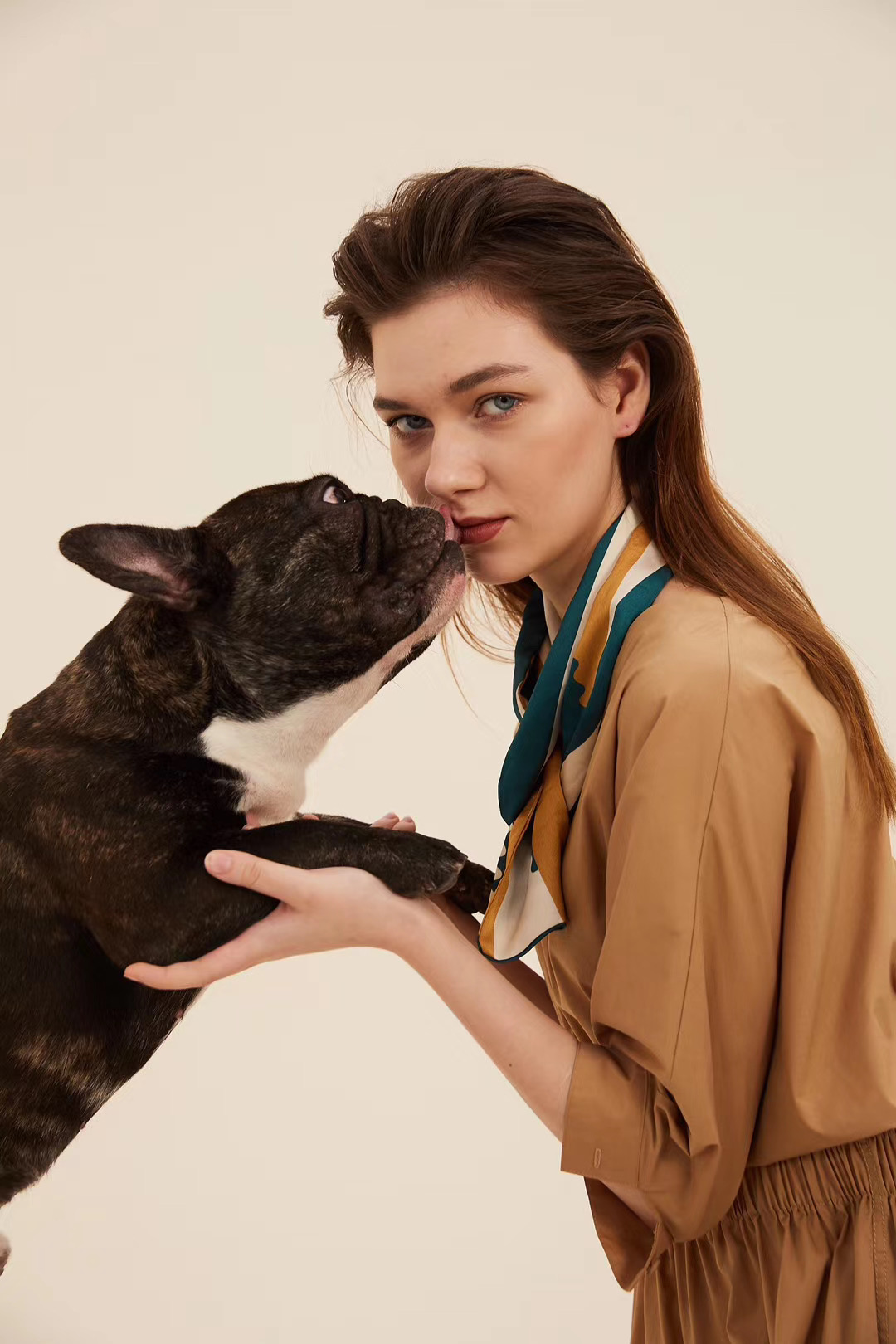Durable and Stylish Pet Collars | Keeping Your Pet Safe in Style
Home > Our Team >
Whether you have a new canine companion or you and your dog have been together for a while, it's helpful to know the meaning of your dog's communication signals so that you can adjust your own behavior as needed and so that you can be assured of your dog's feelings. Dogs make vocalizations and gestures using their face and body just as humans do in order to express their feelings. While some of these gestures can appear very similar to human gestures, in dogs, they can have very different meanings. In this article, you'll learn to interpret your dog's various messaging strategies and you'll learn how to communicate more effectively with your canine pal.
1.Understanding Dog Behavior
Observe your dog.
Learning your dog's habits, mannerisms, and movements through observation will allow the process of understanding its communication behavior to feel more natural. There will be plenty of things it does that will make sense to you without explanation. Just as every person is unique, so is your dog.
Be aware that much of a dog's language or communication techniques are subtle.
By learning canine communication, you will be able to respond to any problems your dog expresses before a situation escalates. Not noticing small signs of stress or unhappiness can soon lean to more aggressive or distressed behaviors.
Remember that this is a two-way learning process. Dogs have to learn our behavioral cues as well, and you should be careful about your own gestures and posture. Dogs also do not understand English. It is important that you teach your dog what you mean by "no" or "sit". Just saying "sit" over and over again won't make him learn it, and will make him think it's just part of the random nonsense you say during the day. Luring your dog into a sit position and then rewarding them heavily for doing that task will make him eager to sit, and then saying the word as he sits will make him connect the dots that the word "sit" means "put your butt on the floor".
Note that a dog's ability to signal may be hampered by the breed in question. For example, if your dog has squat ears or a docked tail, some of the signals may not apply to him/her.


